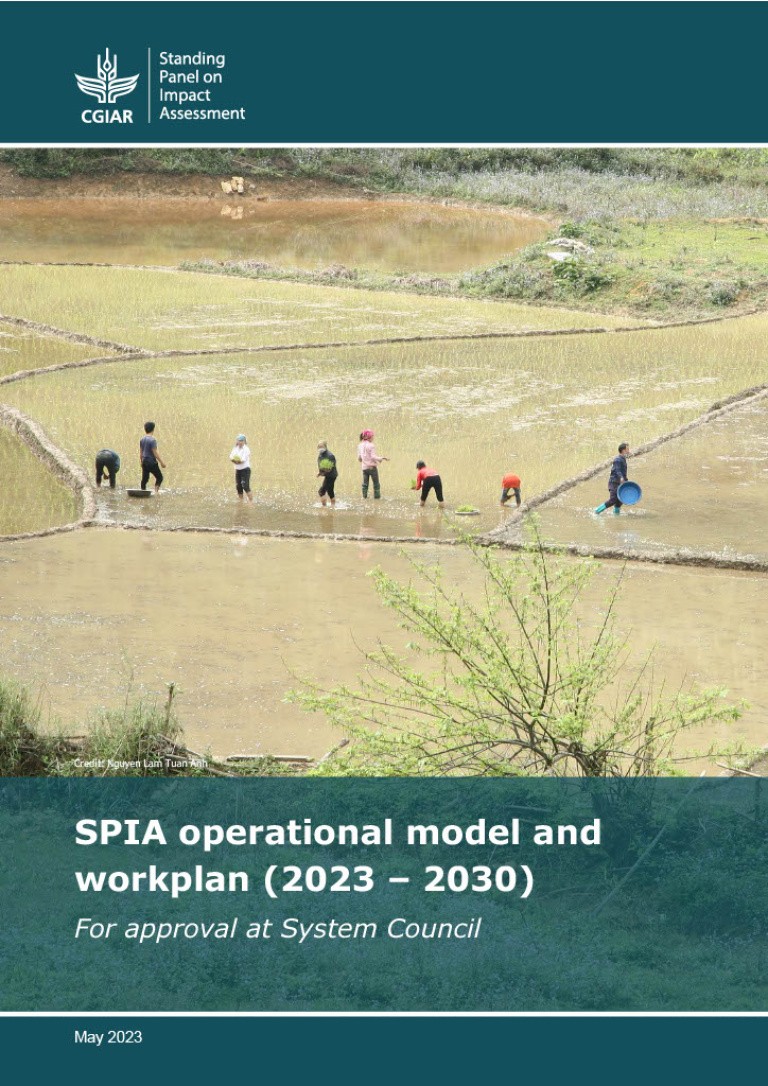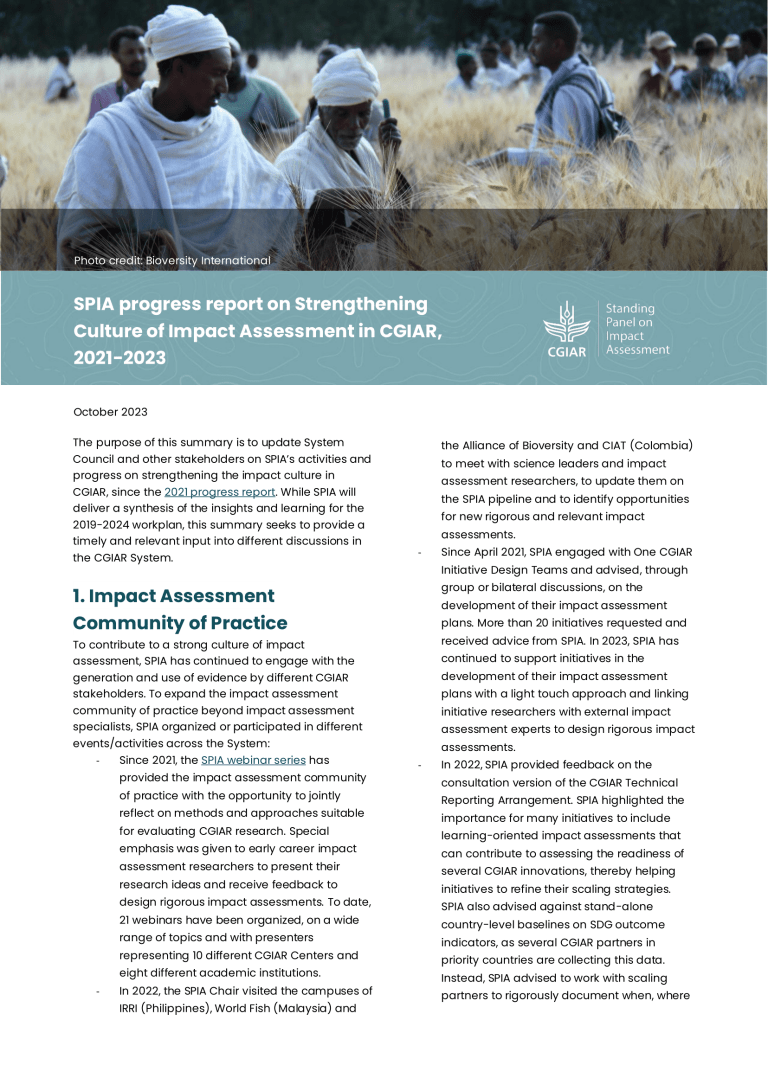Moved by the need to create an active community of research around agricultural innovations, SPIA recently awarded small grants to 14 early-career researchers working in Ethiopia. Taking stock of efforts for institutionalizing the collection of adoption data at the country level, grantees have started working on some of the puzzling questions raised by the Ethiopian synthesis report. Each grantee has been assigned a mentor that will guide the analysis and interpretation of findings that rely on the Ethiopia Socioeconomic Survey (ESS). While a majority of selected researchers are Ethiopians, grantees are currently studying in academic institutions spread around the world. This diversity of experiences certainly provides fertile ground for promoting scientific exchanges and building evidence, which is truly exciting.
On January 26, 2021, SPIA held a virtual induction workshop to provide general research guidance to all 14 grant recipients as well as more information on the ESS data that will be the backbone for the different research projects. Solomon Alemu (SPIA) presented the 2015–20 work collaboration that led to the inclusion of CGIAR-related agricultural innovations in the ESS, while Alemayehu Ambel and Asmelash H.Tsegay (LSMS-ISA) delivered a precise roadmap for grantees on the best practices for analyzing the ESS data. Particularly important points were made on the use of weights, the panel refreshment between ESS3 and ESS4 as well as the recently released COVID-19 High-Frequency Phone Survey.
It was clear during the discussions that the ESS datasets may very well become a special friend: one that can help answer interesting questions, spark enjoyment or cause frustration. You may love or hate that friend, yet she/he still holds pieces of the puzzle.
During the meeting the SPIA team shed light on how each proposal fits into the larger contexts of the CGIAR and the Ethiopia synthesis report. There are a plethora of research paths that can be explored. Among them, synergies between innovations are rarely considered, as most proposals tend to focus on a single innovation. For example, Soil & Water Conservation (SWC) practices are widespread in Ethiopia and have reached an estimated number of 9.4 million households. The synthesis report found that synergies with improved maize adoption are common, while the opposite—substitution—holds for improved barley adoption. Another example is the case of Participatory Safety Net Program (PSNP) beneficiaries. Strong positive synergies were found with improved maize adoption and SWC adopters, but not with animal agriculture. I therefore believe that there are a lot of prospects for studying synergies, substitutions, and trade-offs, both within and between the groups of innovations.
The second half of the meeting featured four breakout sessions, one for each study topic: animal agriculture (2 studies), crop germplasm improvement (5 studies), natural resource management (4 studies), and policy influences (4 studies). Grantees seized the opportunity to present their objectives and suggested analysis methods. This was followed by the mentor’s reactions and a discussion on specific points raised in the groups. I was pleased to see a lot of interest in measurements on varietal identification and chicken crossbreeds—an important agenda item and long-standing commitment from SPIA.
These online meetings will continue in 2021 and we hope to convene a final face-to-face meeting in late 2021.
Note: SPIA gratefully acknowledges Kibrom Abay (IFPRI), Gush Berhane (IFPRI), Tanguy Bernard (University of Bordeaux), Katia Covarrubias (FAO), Ana Paula de la O Campos (FAO), Stefan Dercon (University of Oxford), Nathaniel Jensen (ILRI), Travis Lybbert (University of California Davis), Nicholas Sitko (FAO), Federico Spano (FAO), Hailemariam Teklewold (ECRC), and Manfred Zeller (University of Hohenheim) who accepted to mentor selected grantees. We thank all meeting participants for valuable discussions.



